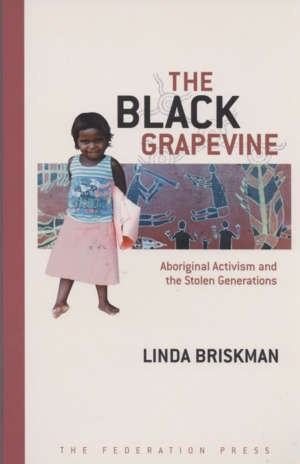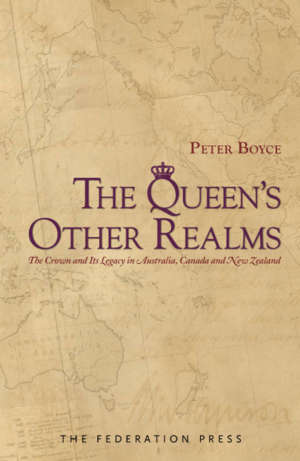Product Description
The suburb of Glebe in the city of Sydney is traditional, inner city, rusted-on Labor Party territory. Local Labor tells the story of the branches of the Australian Labor Party in the area over more than a century. It recounts the broad sweep of history at the small local level, the recurrent issues, the personal and political battles. It is an account of political activity at branch level such as has never before been attempted in Australia.
The history begins with the Party’s first election in Glebe in 1891 – it was successful – and ends with the suburb’s incorporation into the City of Sydney municipality in 2003. Along the way, it covers the whole range of local politics:
relations with the local community
the politics of Council elections
fighting State and Federal elections
party machine politics and the temptations of corruption
factional rivalry and branch stacking – eg, throughout the Lang era of the 1920s and 1930s
the local boss – eg, for over 50 years, local medico Dr Foley
the wider city politics – eg Glebe’s move into the City of Sydney in 1948 (by a State Labor government), its move to Leichhardt in 1968 (by a State Liberal government) and its move back to the City in 2003 (State Labor)
modern local political struggles, eg between Labor and environmentalists, between left and right of the Labor Party, and between major party candidates and politically independent local activists
the benefits of membership – the key question in the 21st century: why belong to a party at all?
Senator John Faulkner launched Local Labor on Thursday 10 June 2004. The text of his speech appears below as a Supplement.
A NSW Sesquicentenary of Responsible Government publication.
Introduction: A View from Below
A False Start (1891)
Glebe in the 1891 election
Ambiguous Labor candidates
Victory in Glebe
An Undisciplined Party (1892-1900)
A divided party
Single Tax in Glebe and Annandale
The split in Glebe
Regrouping after defeat
A Revival of Labor Branches (1901-10)
Local government opportunities
Revival in Glebe – the 1910 election
Victory in 1910
Class and socialism in Glebe
Achieving Autonomy (1910-20)
Another Glebe split
Recovering from the split
Creating a Local Political Machine (1921-34)
Labor leadership struggles in 1921-23
Winning control of Glebe Council
Branch control over aldermen
The Walsh Machine
Langites swamp Glebe
Power tends to corrupt
The Early Depression in Glebe (1929-34)
Timber strike of 1929
Confronting social problems
Graft and corruption
Competition from the left in Glebe
Unseating Keegan
Dr Foley of Glebe (1934-40)
The Foley machine
Confronting the inner group
The Harold Park affair
Other allegations of corruption
The Nolan Report
A Langite irritant to Labor
Adjusting to a New World (1940-48)
Reviving Glebe Labor
Competition from the left
Resisting communism
The last days of Glebe Council
Labor or Lang
Glebe Labor in the City of Sydney (1948-68)
A whiff of corruption
The DLP split in Glebe
Branch profiles after the split
End of involvement in the City Council
Battles for Control in Glebe and Leichhardt (1968-86)
Challenge from the Glebe Society
Attack from the left
The end of the Glebe North Branch
The politics of stacking
From Factions to Fractions (1984-2001)
Losing Leichhardt Council
Branch decline
Policy promotion
Other branch activity
The state of the local party
Names on the street
What Use are Branches?
A golden age of Glebe Labor?
Participation and representation
Endnotes/ Finding Out [primary sources] / Select Bibliography/ Index




